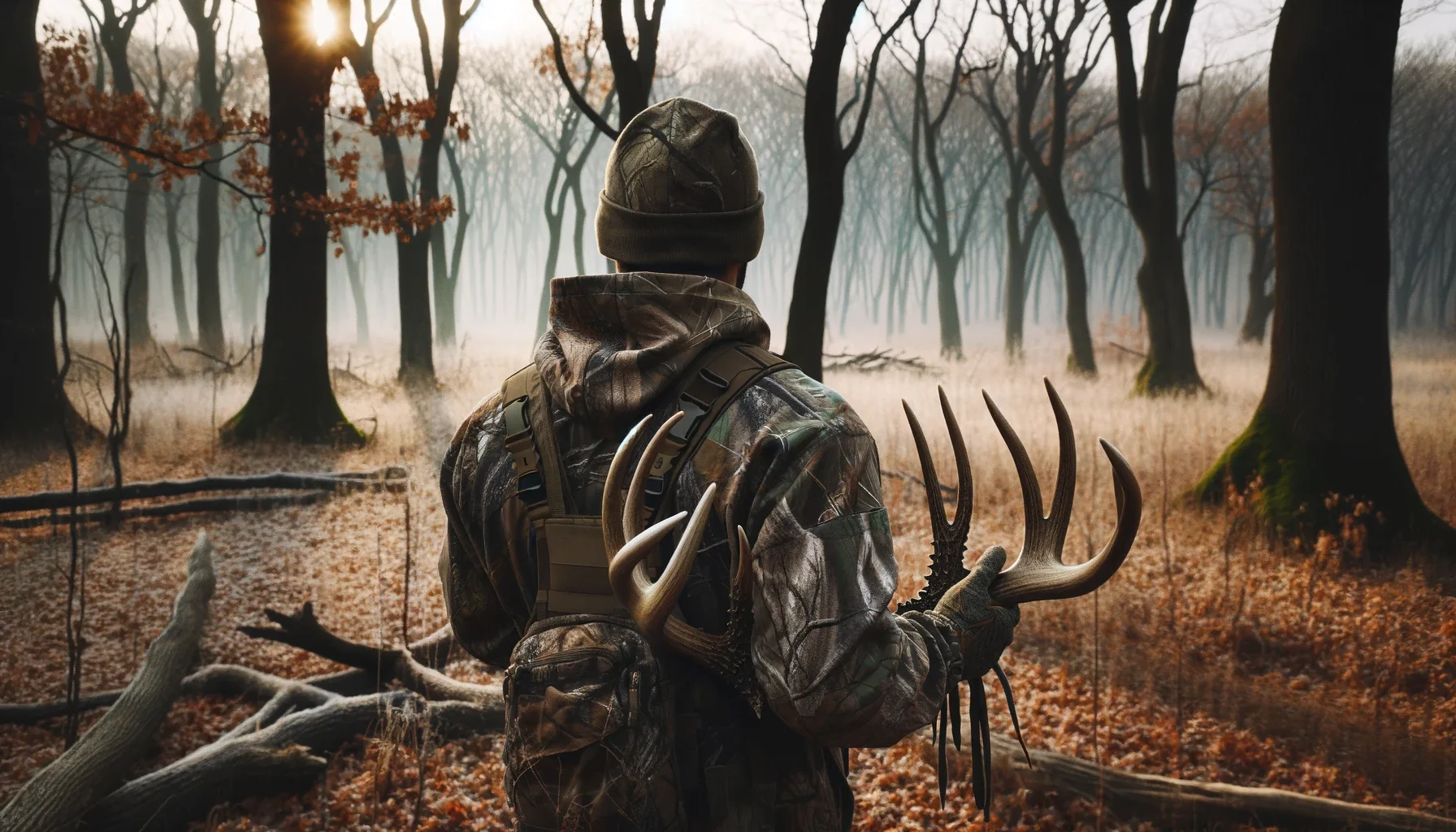
Table of Contents
Welcome to an in-depth exploration of post-rut antler rattling! If you’re an avid deer hunter, understanding this technique is key to enhancing your hunting strategy. But what exactly is antler rattling, and why is it crucial in the post-rut season? Let’s dive in and unravel the mysteries of this effective hunting method.
Before we delve into the nuances of post-rut rattling, it’s essential to understand the rut season. The rut is the breeding season for deer, characterized by increased activity and behavioral changes in bucks. Recognizing the phases of the rut – pre-rut, peak rut, and post-rut – is vital for implementing effective hunting strategies.
Antler rattling involves simulating the sound of two bucks fighting, usually by clashing antlers or similar objects together. This technique is used to attract other deer, particularly bucks, who are drawn to the sound of the battle, either out of curiosity or a challenge.
The post-rut phase, following the peak breeding season, presents a unique set of behaviors in deer. Bucks are still in search of does that haven’t been bred, making them more susceptible to certain lures and sounds, like antler rattling.
To maximize the effectiveness of post-rut rattling, understanding the subtleties of this technique is crucial.
Enhance your post-rut strategy by combining rattling with other methods.
Recognize the signs of a successful rattling session.
Post-rut antler rattling is an art that requires adaptation, understanding of deer behavior, and patience. By mastering these techniques, you can enhance your hunting experience and increase your chances of success.
Post-rut hunting presents unique challenges, but with the right knowledge and skills, it can be incredibly rewarding.
Answer: The most effective times for post-rut antler rattling are typically early morning and late afternoon. During these periods, bucks are more active and likely to respond to the rattling. It’s important to consider the specific behavior and patterns of deer in your hunting area, as these can vary.
Answer: In a post-rut setting, it’s advisable to rattle sparingly and not overdo it. A good strategy is to start with a rattling session lasting around 20-30 seconds, followed by a waiting period of about 20 minutes to an hour. This mimics natural deer behavior and prevents spooking the deer.
Answer: Absolutely! Combining antler rattling with other techniques like using grunt calls or doe estrus scents can enhance its effectiveness. Grunt calls add realism by mimicking buck vocalizations, while scents can attract bucks still searching for a mate.
Answer: Antler rattling can be effective throughout the post-rut season, but its success largely depends on the behavior of the deer in your area. As the post-rut progresses, bucks may become less responsive due to exhaustion and increased wariness. Monitoring local deer activity and adapting your strategy accordingly is key.
Answer: Both natural antlers and synthetic rattling devices can be effective for post-rut rattling. Synthetic tools offer convenience and consistent sound quality, while natural antlers can provide a more authentic sound. The choice depends on personal preference and the specific conditions of your hunting environment. In the post-rut phase, a subtler sound is often more effective, so consider tools that allow for more nuanced control over the volume and intensity of the rattling.
When dark clouds roll in and rain starts falling, many hunters pack up their gear…
Competitive shooting requires skill, precision, and the right equipment. Whether you're a seasoned competitor or…
The world of archery is undergoing an exciting evolution. What once were purely mechanical tools…
Welcome to the latest 2025 hunting-season guide, tailored for readers of TheShootingGears. Whether you’re carving…
Technology is revolutionizing the way we hunt and shoot. From GPS mapping and ballistics calculators…
Hunting during cold weather isn’t just about layering up your boots matter. When you’re sitting…
This website uses cookies.